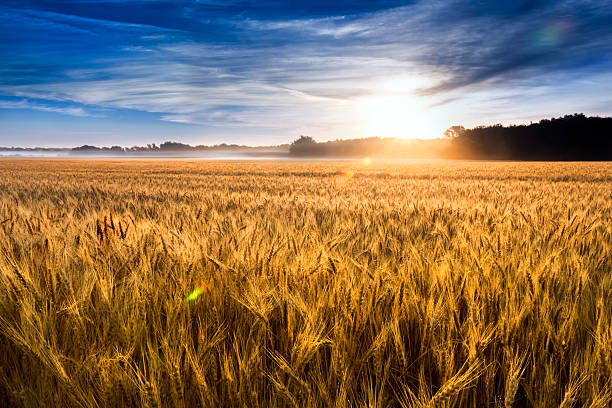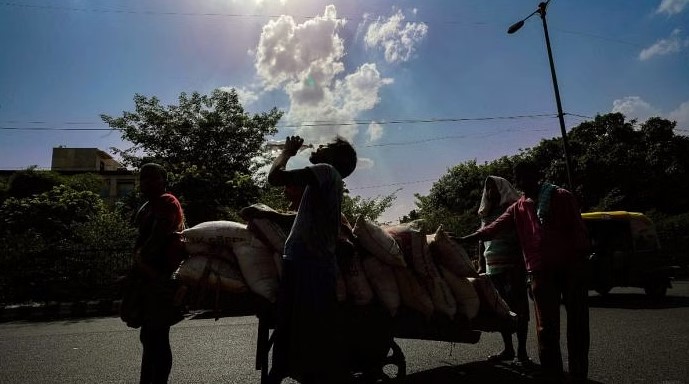On Monday, the Indian Meteorological Department (IMD) issued its first heatwave alert of the season for the Konkan and Kutch regions, with additional warnings for Maharashtra’s Raigad, Ratnagiri, and Mumbai suburbs.
The IMD also forecasted above-normal temperatures in Gujarat, Jammu, Himachal Pradesh, and Uttarakhand for the next two days. Typically, heatwave alerts in India start in March, but this year’s early warning suggests an accelerated onset of summer, potentially bypassing spring altogether.
The IMD reported that temperatures in Rajasthan and the Konkan region are between 36-38°C, well above normal for this time of year, with similar conditions in Gujarat, Rajasthan, and the western Himalayan region.
In response to the heat, the Indian government has established a committee to assess the impact on wheat crops.

This committee, led by the Agriculture Commissioner, includes members from the Karnal-based Wheat Research Institute and representatives from key wheat-producing states. They will provide guidance on micro-irrigation techniques. Despite concerns, early sown and heat-resistant wheat varieties are expected to mitigate any adverse effects.
The National Crop Forecast Centre (NCFC) had previously noted that temperatures in major wheat-producing areas, excluding Madhya Pradesh, were higher than average during early February.
Wheat production is projected to reach a record 112.18 million tonnes for the 2022-23 crop year, up from 107.74 million tonnes the previous year, despite heatwave conditions.
In Delhi, temperatures reached a humid 13.1°C in the morning, with a forecast high of around 32°C and air quality in the ‘very poor’ category.
Meanwhile, Himachal Pradesh experienced record high temperatures, with Shimla recording its highest-ever minimum temperature of 14.4°C on Saturday. The rise in temperatures is attributed to weak western disturbances and changing climatic conditions. Gujarat is particularly affected, with many areas reporting temperatures over 8°C above normal.

